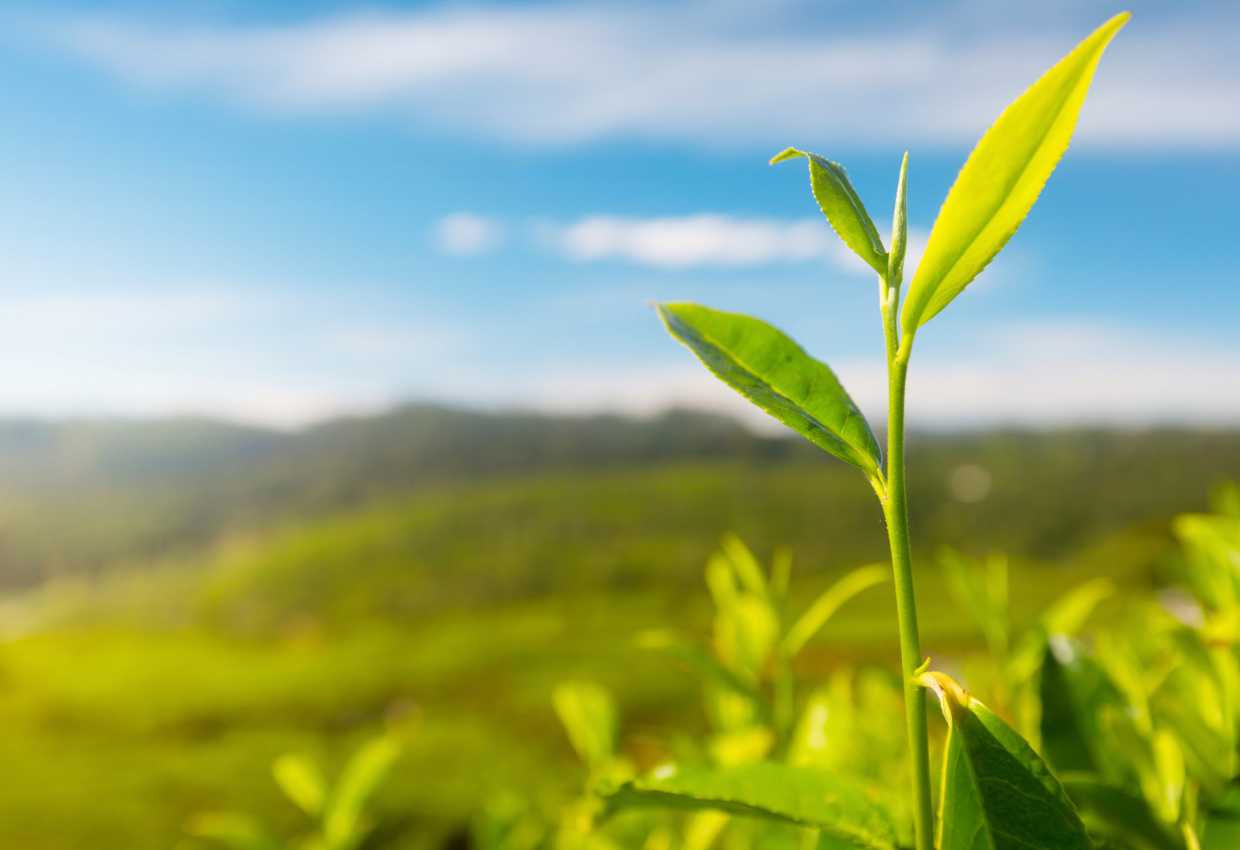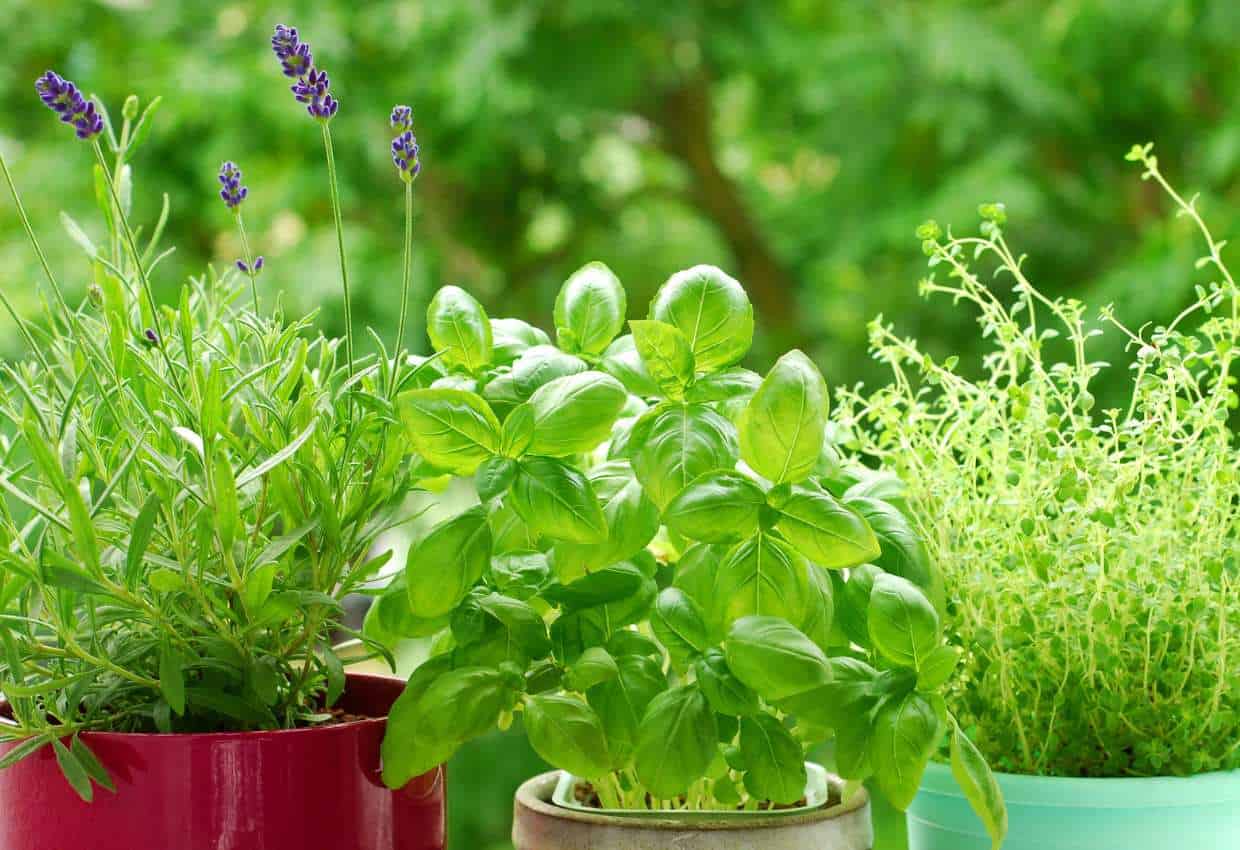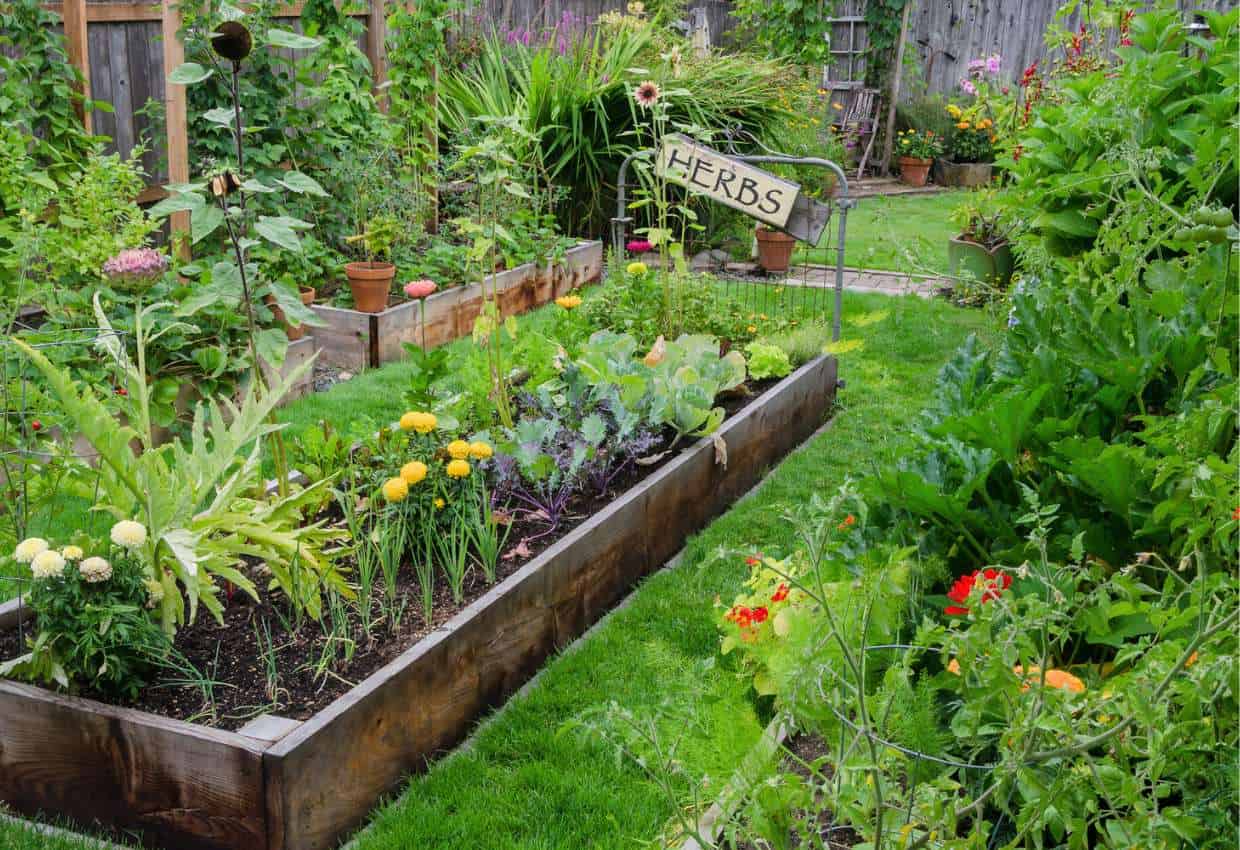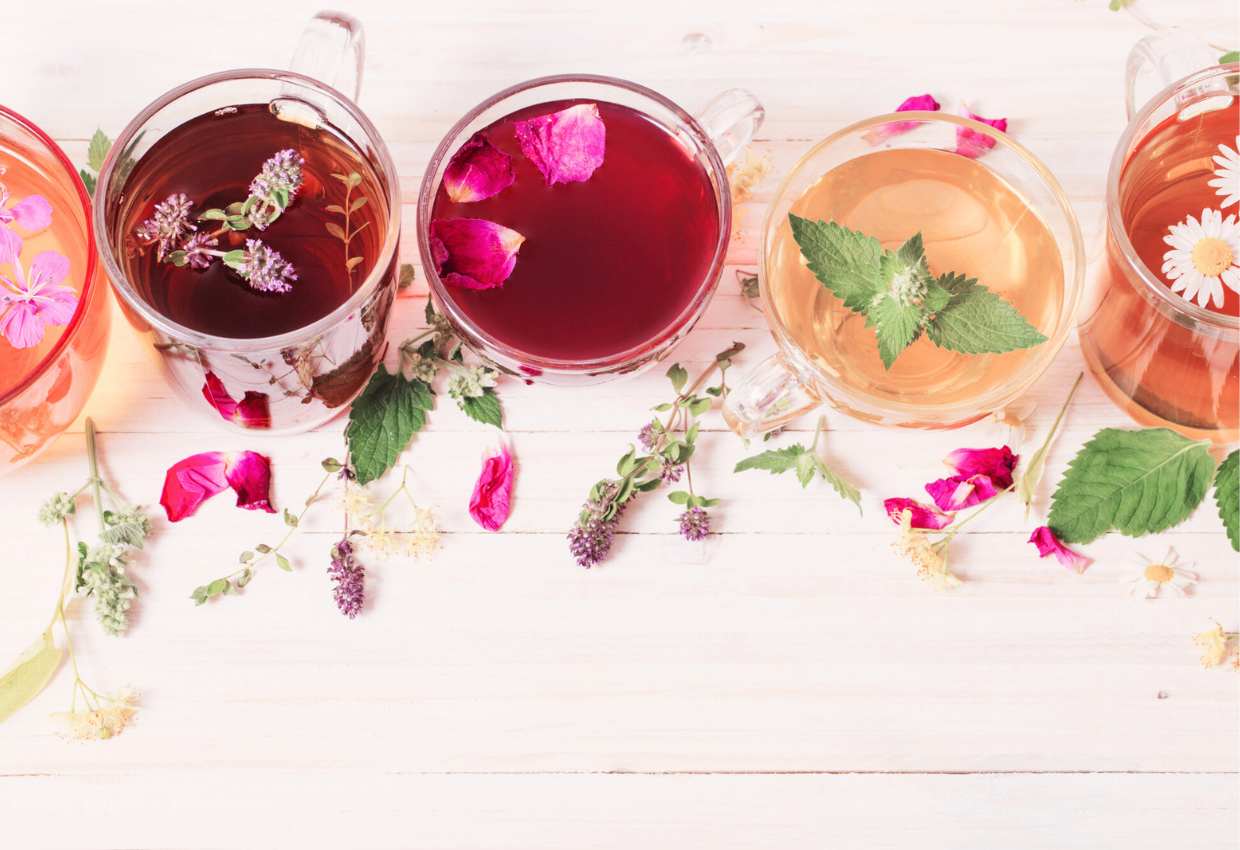Learn the basics of growing and harvesting tea in your own tea garden with this beginner’s guide. Perfect for tea lovers and novices alike.

A tea garden is a beautiful and practical addition to any garden. Growing tea can be a rewarding experience, not to mention delicious. Many different plants can be grown in a tea garden, from the traditional camellia sinensis to a variety of herbs and flowers that can be brewed into flavorful teas.
One of the many benefits of growing a tea garden is the ability to control the quality of the tea. Store-bought teas often contain additives and preservatives and the flavor can be rather dull. By growing tea, you can ensure that the tea is fresh and flavorful, with no harmful chemicals. Additionally, many teas have natural healing properties, making homemade tea not only delicious but beneficial for your health.
Understanding tea gardens
Tea gardens are a type of garden that’s specifically designed for growing tea plants. These gardens can be small or large and can be grown in various settings, including in a backyard, greenhouse or even in the form of a container garden on a porch.
One of the most important things to consider when designing a tea garden is the type of tea plants that will be grown. Some of the most popular tea plants for a tea garden include:
- Camellia sinensis: Not only is this the only true tea plant, but this is also the most commonly grown and is used to make most types of tea, including black, green and white tea.
- Mint: Mint is a popular herb often used to make herbal teas. It is easy to grow and can be produced in a variety of different settings.
- Lavender: Lavender is another popular plant used to make herbal teas. It has a sweet, earthy floral flavor and is easy to grow in a tea garden.
- Chamomile: Chamomile is a flower often used to make calming herbal teas. It has a mild, sweet flavor and is easy to cultivate.
When designing a tea garden, it is important to consider the overall layout of the garden. This includes choosing the right location, selecting the right plants and designing the garden to be easy to maintain. With the proper planning and care, a tea garden can be a beautiful and rewarding addition to any home or garden.

Types of tea gardens
Two common types of tea gardens are herbal tea gardens and floral tea gardens.
Herbal tea gardens
Herbal tea gardens are gardens that are typically planted with green herbs that can be used to make tea. These gardens usually consist of non-caffeinated herbal varieties and can come in many forms. Some popular herbs that can be grown in a herbal tea garden include mint, lemon balm, thyme, catnip, holy basil and lemongrass.
Floral tea gardens
Floral tea gardens are gardens that are planted with edible flowers that can be used to make tea. Some popular flowers that can be grown in a floral tea garden include roses, hibiscus, calendula, lavender and chamomile.
Floral and herbal tea gardens can be grown in zones 8 to 11, depending on the plants being grown. Perennials are a good choice for tea gardens, as they can be grown year after year.
Cultivating a tea garden
To ensure success, it is crucial to bear certain essential factors in mind when cultivating a tea garden.
Soil and sun
To cultivate a successful tea garden, choosing a location that receives at least six hours of direct sunlight per day is vital. Tea plants thrive in well-drained soil, so it is recommended to plant them in a raised bed or soil that has been amended with organic matter. The ideal soil pH for tea plants is between 6.0 and 6.5.
Planting and harvesting
When planting a tea garden, it is helpful to select plants that have similar sun and soil requirements. Chamomile, lavender and mint are examples of plants that can be grown together effortlessly as they share similar sun and soil requirements.
To harvest herbs for tea, pick the herbs in the morning after the dew has dried but before the sun is too hot. Use sharp scissors or shears to harvest the plants, cutting the stems just above a set of leaves to promote healthy growth. After harvesting, rinse the herbs and let them dry in a cool, dark place before storing them in an airtight container.
With proper care and attention, a tea garden can provide a bountiful harvest of herbs for delicious teas.
“Right outside my back door, I have an old washtub that I plant with my favorite aromatic herbs. I love growing all varieties of mints for tea. And it wouldn’t be summer without lemon balm and some chamomile too. Not only does this make for easy picking for teas all summer long, but it also smells delicious when you walk by.”
— Laura Sampson, Little House Big Alaska

Benefits of a tea garden
A tea garden is a beautiful addition to any outdoor space and provides numerous benefits.
Health benefits
One of the most significant advantages of having a tea garden is access to fresh and organic herbs for herbal tea. Herbal teas are known for their various healing benefits, including reducing inflammation, boosting immunity and aiding digestion.
Aesthetic value
A tea garden can also add beauty and aesthetic value to any outdoor space. Herbs for tea come in various colors, textures and fragrances, making them an excellent addition to any garden.
Mood enhancement
A tea garden can also provide mood enhancement benefits. The aroma of herbs in tea can be soothing, helping to reduce stress and anxiety. Growing and caring for a tea garden can also be therapeutic and provide a sense of accomplishment.
Whether you have a small or large outdoor space, growing herbs for tea is a simple and low-maintenance way to enjoy these benefits.

A word about bees
Bees play a crucial role in pollinating tea garden plants. Without bees, many of the plants in a tea garden would not produce the flowers or fruits necessary for making tea. In addition to their pollination services, bees are fascinating creatures to watch and can add to the beauty and biodiversity of a tea garden.
One particularly attractive plant to bees is bee balm (monarda fistulosa). This native plant produces pink, purple or white flower clusters rich in nectar and pollen. Bees, butterflies and other pollinators are drawn to bee balm flowers’ bright colors and sweet scent. In addition to being an excellent food source for bees, bee balm can also be used to make a delicious herbal tea with a citrusy, minty flavor.
When designing a tea garden, it is essential to include a variety of plants that bloom at different times throughout the growing season. This will ensure that bees and other pollinators have a steady supply of nectar and pollen to feed on. Some other plants that are attractive to bees and can be grown in a tea garden include:
- Lavender (lavandula spp.)
- Mint (mentha spp.)
- Lemon balm (melissa officinalis)
- Raspberry (rubus spp.)
It is also important to provide bees with a source of water in the tea garden. A shallow dish filled with water and a few rocks can provide a place for bees to drink without the risk of drowning.
Overall, bees are an essential part of a healthy and productive tea garden. By providing them with a variety of plants and a source of water, tea gardeners can help support bee populations and enjoy the benefits of their pollination services.

Brewing garden teas
There are endless possibilities for creating unique and delicious blends using ingredients from a tea garden.
Iced teas and mocktails
There’s nothing quite like a tall glass of iced tea to quench your thirst. To make your own iced tea, brew a strong batch of your favorite herbal tea and let it cool. Add ice and a sprig of fresh mint or a slice of lemon for a refreshing twist.
For a non-alcoholic twist on classic cocktails, try using herbs and flowers to create mocktails. Steep fresh teas like lavender or rose petals in hot water and mix with sparkling water for a bubbly floral drink.
Afternoon teas
Afternoon tea is a beloved tradition that originated in England and is now enjoyed worldwide. To host your own afternoon tea, brew a pot of your favorite loose-leaf tea and serve it with a selection of finger sandwiches, pastries and scones.
Whether you’re brewing a cup of tea to soothe an ailment or getting creative with tea plants, there are endless possibilities to explore in the world of a tea garden. So go ahead and experiment and discover the joy of brewing garden teas.
Kristen Wood is a photographer, writer and creator of MOON and spoon and yum and Schisandra and Bergamot. She is also the author of Vegetarian Family Cookbook, Fermented Hot Sauce Cookbook, and Hot Sauce Cookbook for Beginners. Her work has been featured in various online and print publications, including Elle, Martha Stewart, Yoga Journal and more.